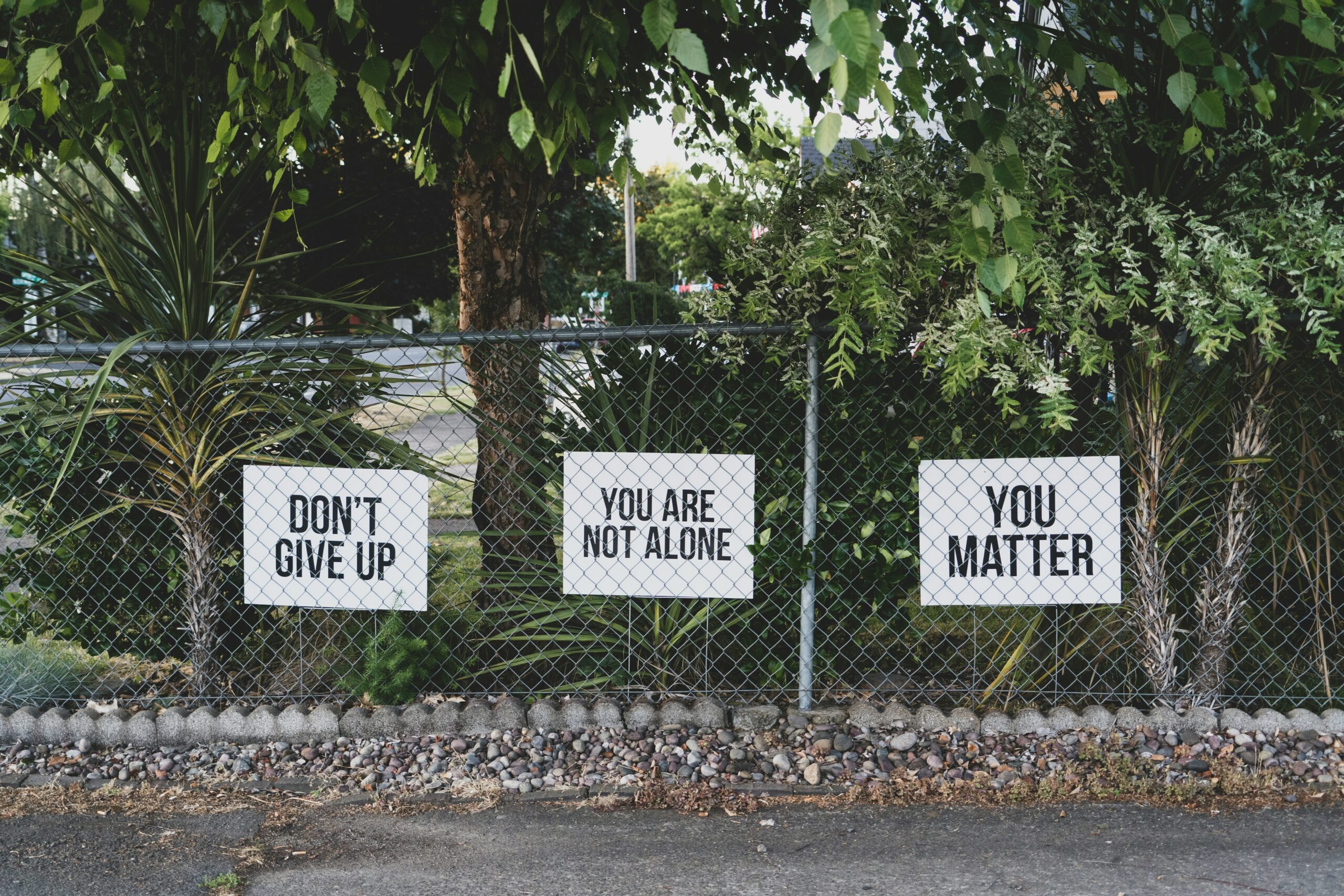In last month’s article, we briefly addressed the fact that Education, for the most part, has been pretty much the same for the last couple of decades. I wrote that education has been slow to see much needed progress towards developing future-focused, lifelong learners. Schools and education centres, like The King’s College (again, I am biased here), have recognised this fact and are taking steps to develop what is often referred to as Global Competencies, or Globally Competent Citizens.
Global Competencies are specific skills that will allow our learners to walk into their God designed futures and thrive, despite these futures being potentially so unpredictable. These 5 core competencies are critical thinking and problem solving, communication, collaboration, creativity and digital citizenship. When intentionally developed in learners, we allow our learners to leave our school not just with a collection of information, but with a skill-set that truly allows them to flourish in whatever context they find themselves in.
In a traditional school, the curriculum is the main thing. The teachers need to work their way through the curriculum and ensure that learners are able to understand all the information. In a future-focused school, the curriculum moves away from being the main thing, to being a means to an end; the end goal being the development of Globally Competent learners. Tom Van der Ark, CEO of “Getting Smart”, writes:c
“In the curriculum, global competence challenges students to investigate the world, consider a variety of perspectives, communicate ideas and take meaningful action. A globally focused curriculum engages students in their own learning and motivates them to strive for knowledge and understanding. And a curious, inspired student strives to learn more in school and beyond.”
Educators use the curriculum to stimulate curiosity, allowing for a deeper engagement and understanding of the content. Regular use of “tools” such as Visual Thinking Strategies and Thinking Routines, allow learners to develop different skills, like problem solving.
Often, in an attempt to be “future-focused” schools will just throw a bunch of technology into the classroom. This often leads to more negative consequences, as learners aren’t prepared, educators aren’t equipped, and technology becomes a negative distraction.
Visible Thinking and Enabling technology are two crucial moves for any school or educational institution to consider, and this is what I would love to speak to in next month’s column.
By Gareth Stark


